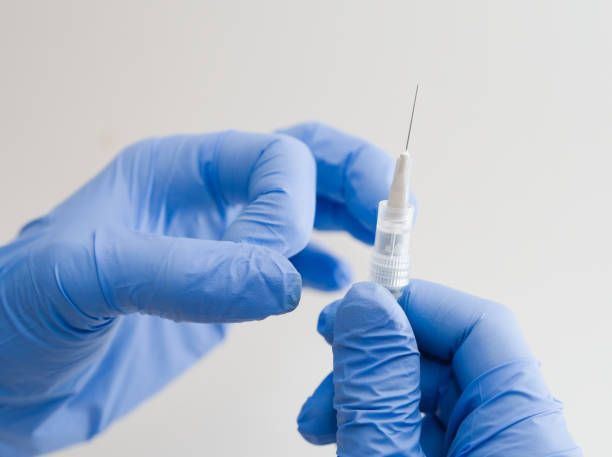Why Do Doctors Flick the Needle Before Giving Injections?
Have you ever wondered why doctors or nurses often flick the needle before administering injections? It might seem like a routine gesture, but there's a specific reason behind this practice. Let's explore the rationale and significance of this action before giving injections.
**1. Removing Air Bubbles:
The primary purpose of flicking the needle is to remove any air bubbles trapped in the syringe. Air bubbles in the injection can be potentially harmful when introduced into the bloodstream. Flicking the needle causes these bubbles to rise to the top of the syringe, making it easier to expel them.
**2. Ensuring Accuracy in Dosage:
Accurate dosage is critical in medical procedures. Flicking the needle helps in ensuring that the medication is measured precisely. By removing air bubbles, healthcare professionals can administer the correct amount of medication without the interference of trapped air.
**3. Preventing Injection Site Issues:
Air bubbles in the injection can lead to complications at the injection site. Flicking the needle minimizes the risk of injecting air, reducing the likelihood of discomfort or adverse reactions at the injection site.
**4. Enhancing Medication Efficacy:
Certain medications are sensitive to the presence of air bubbles. Flicking the needle is a precautionary measure to maintain the efficacy of the medication. It ensures that the administered dose is free from any potential contaminants.
**5. Establishing Good Injection Practices:
Flicking the needle is part of established injection practices followed in healthcare settings. It is a standardized procedure designed to maintain patient safety and the integrity of the medication being administered.
**6. Minimizing Patient Discomfort:
The presence of air bubbles in the injection can cause discomfort to the patient. Flicking the needle is a proactive step to minimize any unnecessary discomfort or pain during the injection process.
**7. Preventing Embolism Risks:
Intravenous injections, in particular, pose a risk of air embolism if air bubbles enter the bloodstream. Flicking the needle helps in reducing this risk by eliminating any air bubbles that may be present in the syringe.
**8. Standardized Procedure Across Healthcare:
Flicking the needle is not a random or individual practice; it is a standardized procedure taught in medical training. Healthcare professionals worldwide are trained to adhere to specific protocols to ensure the safety and well-being of patients.
**9. Education and Training:
Medical professionals undergo extensive education and training to perfect injection techniques. Flicking the needle is just one aspect of this training, emphasizing the meticulous attention to detail required in healthcare practices.
**10. Adhering to Best Practices:
Ultimately, flicking the needle before giving injections is a demonstration of healthcare providers adhering to best practices. It reflects the commitment to delivering safe and effective medical care to patients.
In conclusion, the seemingly simple act of flicking the needle before administering injections holds significant importance in the realm of healthcare. It is a precautionary measure aimed at ensuring accurate dosage, preventing complications, and prioritizing the safety and comfort of patients.



Design is unique – stands out from the crowd.
ReplyDelete